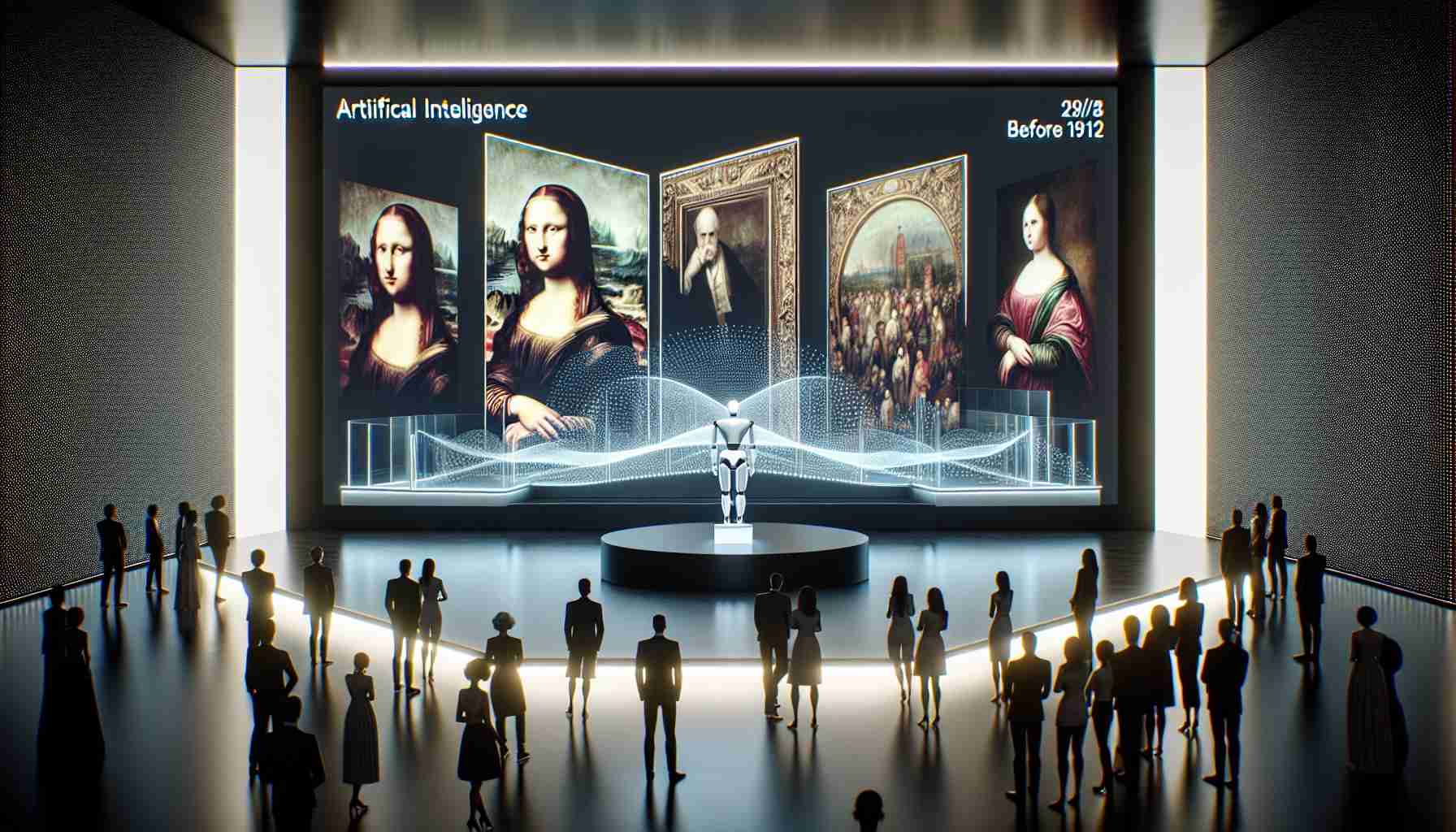Microsoft’s VASA-1: A Leap into Artistic Animation
Microsoft has taken a unique approach to demonstrating the capabilities of their new artificial intelligence tool, VASA-1. By selecting the iconic painting ‘Mona Lisa’ by Leonardo da Vinci, they showcased how the AI could breathe life into static images.
Researchers at Microsoft employed the AI to generate a video where the ‘Mona Lisa’ seemingly speaks and sings. The demonstration used an expressive rendition of the song “Paparazzi,” similar in comedic effect to Anne Hathaway’s performance, to create the effect of the famous portrait coming to life.
Though Microsoft has unveiled this AI tool, they have indicated that it is not on the immediate agenda to release VASA-1 to the public. The research team elaborated on the AI’s capabilities, including recognizing subtle movements such as lips synchronization to speech, changes in facial expressions, and the gaze and blinking of the eyes.
The test’s choice resonates with the blend of art, technology, and popular culture, illustrating the groundbreaking potential of artificial intelligence in transforming still imagery into dynamic visual experiences. However, for now, the wider public will have to wait to get access to this intriguing technology.
Exploring the Intersection of Art and AI with Microsoft’s VASA-1
Microsoft’s initiative to animate the Mona Lisa through VASA-1, an artificial intelligence tool, is a fascinating example of how AI technologies can intersect with the world of fine art. The demonstration not only showcased the capabilities of AI but also raised important questions about the role of technology in the evolution of art and the potential implications for the art world.
Key Questions and Answers:
– How does AI animation technology work?
AI animation technology typically involves machine learning algorithms, such as neural networks, that can analyze patterns in data and then generate new content based on that learned information. It often includes facial recognition and mapping techniques to create realistic movements and expressions by referring to existing imagery or video data.
– What are the potential uses for AI like VASA-1 in the future?
The technology could be used in various fields including entertainment, where it can bring historical figures to life in movies or games; education, for making interactive learning materials; and digital marketing, by creating lifelike avatars for customer service or promotional campaigns. Museums could also use it to create engaging exhibits that animate the subjects of historical artworks.
Key Challenges and Controversies:
Ethical considerations are a major challenge with AI animation technology. If the technology were to become publicly available, it could raise issues regarding consent and the misuse of someone’s likeness. Moreover, there are concerns about deepfakes, which are realistic video manipulations that can be used to generate false information or defamatory content.
Advantages and Disadvantages:
– Advantages: The technology can create engaging and immersive experiences in education and entertainment. It can serve as a tool for preserving and reviving historical and cultural heritage and for making art more accessible and interactive.
– Disadvantages: The risk of creating deepfakes and the potential for misuse is a serious concern. There are also cultural and artistic integrity considerations when using AI to alter or animate historical artworks, potentially affecting the way these works are perceived and valued.
As of my last update, for further information on Microsoft’s advancements in artificial intelligence, you can visit their official website by clicking the following link: Microsoft. Please ensure to check the validity of the link as it is subject to change over time.

